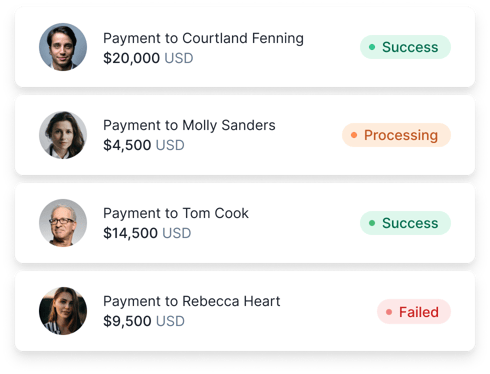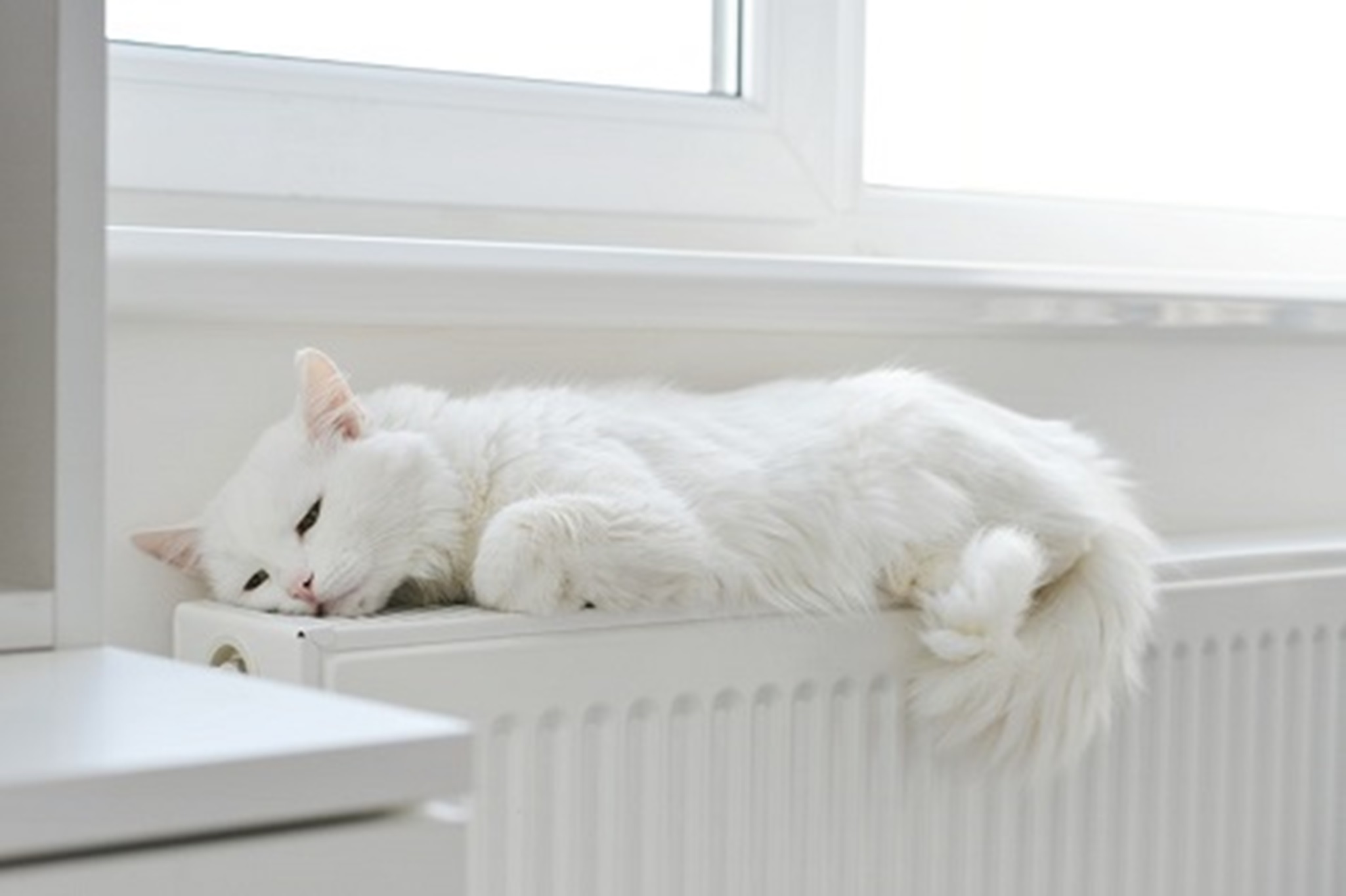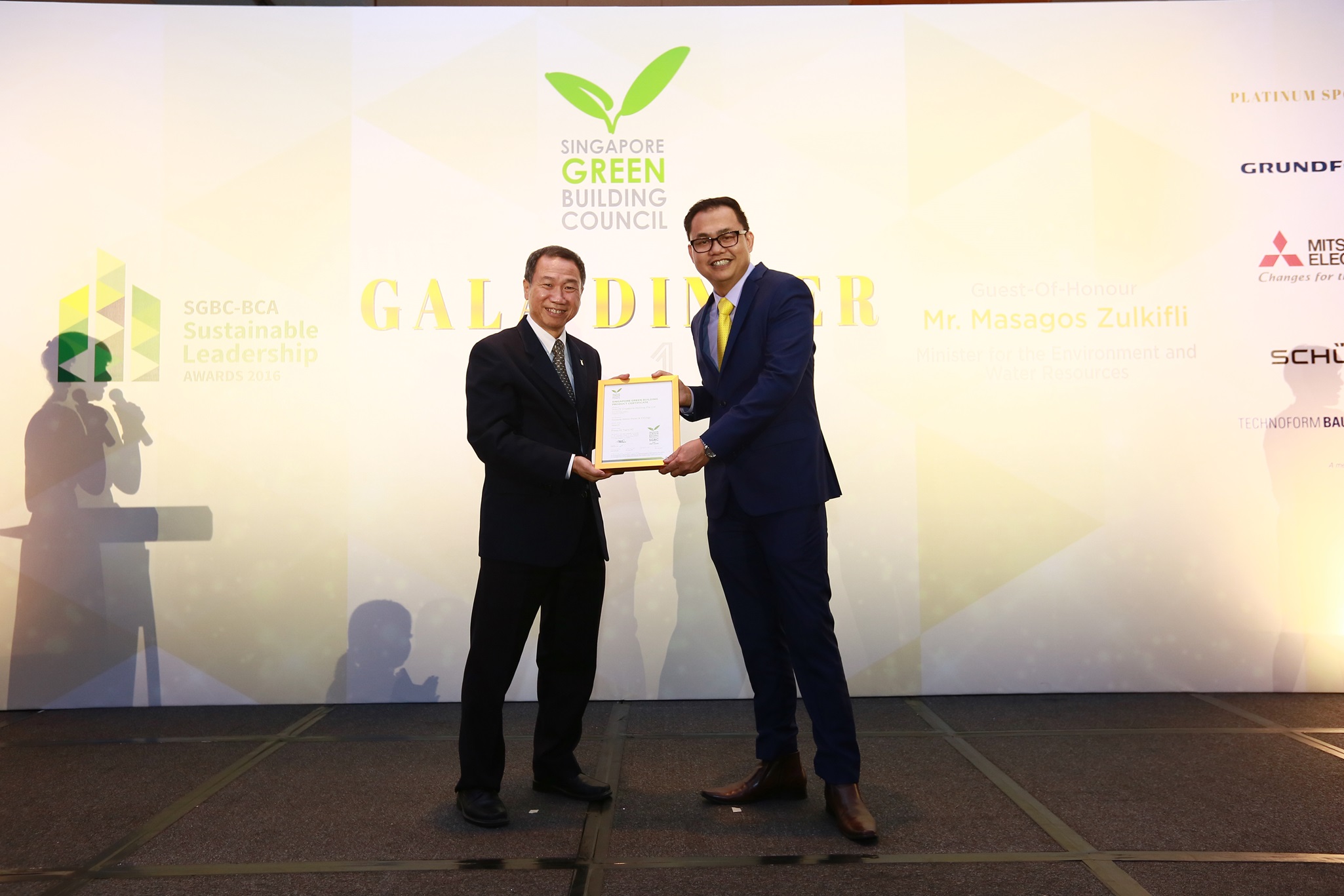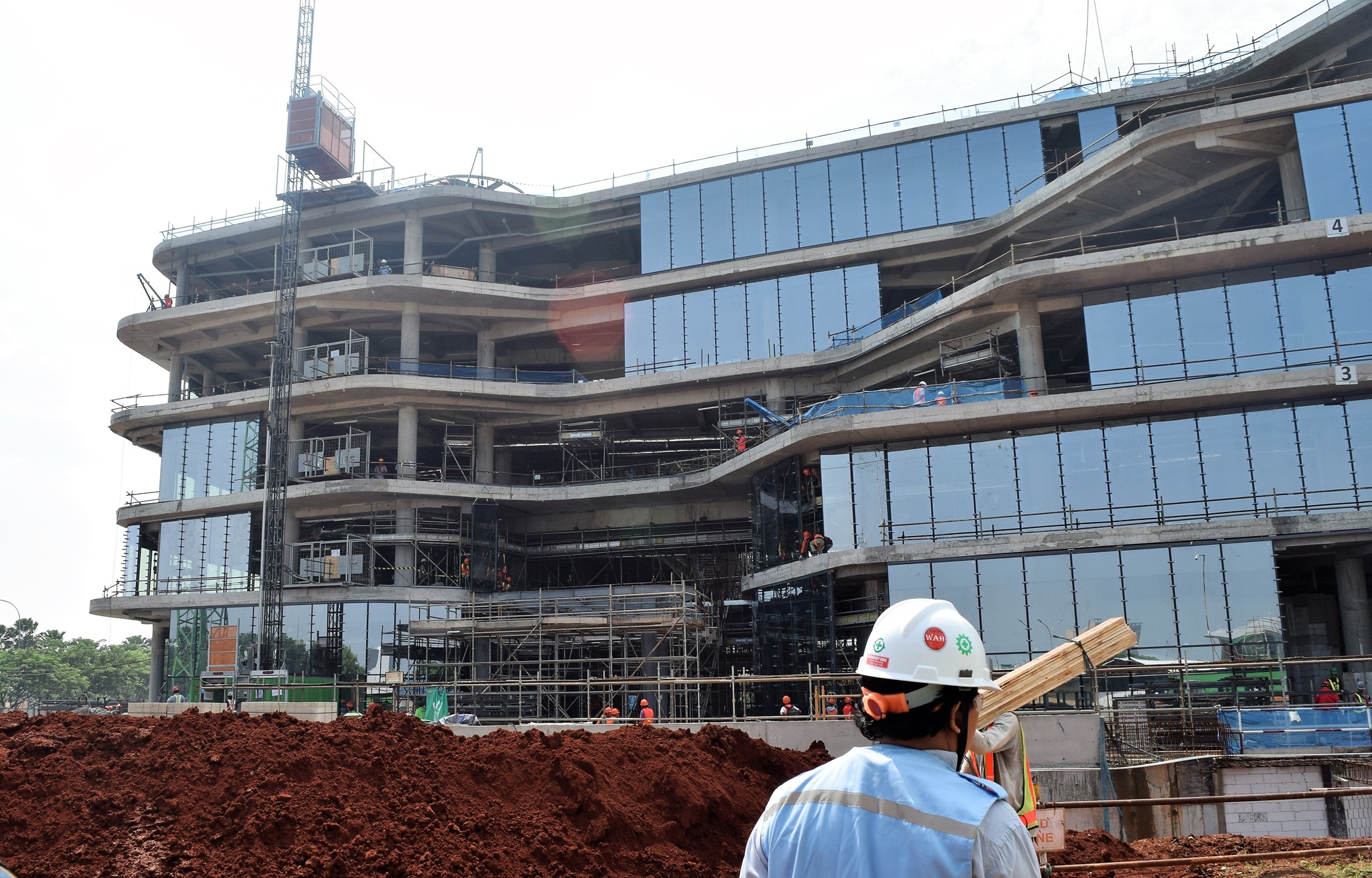07 February 2017
Nowadays, business models only have limited shelf lives. The constantly changing nature of the market makes it more difficult to predict than ever. In his book, Design a Better Business, Patrick van der...
Lorem ipsum dolor sit amet consectetur, adipisicing elit. Ipsa libero labore natus atque, ducimus sed.
07 February 2017
Nowadays, business models only have limited shelf lives. The constantly changing nature of the market makes it more difficult to predict than ever. In his book, Design a Better Business, Patrick van der...
Wavin Revit content packages provide BIM modellers with a complete, fast and easy-to-use building construction tool that will allow them to achieve a high level of detail and accuracy when creating plumbing design...
04 October 2016
A syphonic roof drainage system reigns supreme over other drainage systems. It discharges the rainwater from rooftops more quickly and efficiently, takes up less space, and reduce installation costs....
Plumbers save the day by doing damage control on a daily basis and leave their customers smiling with relief. Wavin has great respect for these hardworking men and women.
The new Unilever Head Office in Indonesia is a building representing the future and the culture of sustainability. It uses water systems by Wavin.
Together, We Can Take the Next Step. In honour of World Water Day, this is the call to action by Wavin's parent company, Mexichem. Along with a dynamic group of industry leaders, Mexichem is spearheading a crusade to promote the...
Lorem ipsum dolor sit amet consectetur adipisicing elit. Possimus magnam voluptatum cupiditate veritatis in, accusamus quisquam.
Lorem ipsum dolor sit amet consectetur adipisicing elit. Pariatur minima sequi recusandae, porro maiores officia assumenda aliquam laborum ab aliquid veritatis impedit odit adipisci optio iste blanditiis facere. Totam, velit.
Competitive exchange rates
Lorem ipsum, dolor sit amet consectetur adipisicing elit. Maiores impedit perferendis suscipit eaque, iste dolor cupiditate blanditiis ratione.

Lorem ipsum dolor sit amet consectetur adipisicing elit. Impedit ex obcaecati natus eligendi delectus, cum deleniti sunt in labore nihil quod quibusdam expedita nemo.
Mobile notifications
Lorem ipsum, dolor sit amet consectetur adipisicing elit. Maiores impedit perferendis suscipit eaque, iste dolor cupiditate blanditiis ratione.
Mobile notifications
Lorem ipsum, dolor sit amet consectetur adipisicing elit. Maiores impedit perferendis suscipit eaque, iste dolor cupiditate blanditiis ratione.

07 February 2017
Nowadays, business models only have limited shelf lives. The constantly changing nature of the market makes it more difficult to predict than ever. In his book, Design a Better Business, Patrick van der Pijl describes an approach to achieve success in today's world. The approach is called "design thinking", based on the premise that to design a better business, you must start with the customer. The book has been available in bookstores since September.
The launch of the first Wavin Academy is featured in the book as an inspiring example of design thinking. The idea was born in October 2013, on a construction site in Amsterdam. Richard van Delden, Executive Director of Supply Chain and Operations at Wavin, was having a conversation with a plumber. He said that his customers, the general contractors, wanted the best-quality pipes possible. However, they were not familiar with Wavin.
After several discussions with plumbers, it became apparent that they were very interested in working with Wavin to deliver better quality to their customers. These conversations got Richard thinking. At that time, Wavin was struggling with a loss of market share in Turkey. To win back the ground they had lost, Wavin Turkey wanted to build a new factory near Istanbul, the largest area for distribution. The idea was to regain market share by ensuring cheaper production and competitive prices.
Following the plumbers' comments, Richard thought to himself: "How would that work in Turkey? Isn't there another way?"

Together with former CFO Andrés Capdepón, Richard decided not to immediately invest in a new factory but instead to examine exactly who Wavin's Turkish customers were. Did they really only want a few cheaper pipes? Richard sent a team of employees from Wavin Turkey to several constructions sites. He and Andrés joined them, with the aim of observing their customers at work.
Within a week, the team had collected a wealth of new insight. They found that equipment and materials were often being used incorrectly, and they saw who their customers really were. Not the general contractors, but the plumbers! And the plumbers were not looking for cheaper pipes — they wanted to be able to work smarter and, by doing so, deliver higher quality to their customers. They wanted to be more competitive, not by offering lower prices but by gaining more knowledge. This was the eureka moment for Wavin: To design a better business, you must start with the customer!
To design a better business, you must start with the customer!
These insights led to the company implementing a new and totally different idea. The new factory, which was set to cost 60 million euros, was out. Instead, the first Wavin Academy was opened in 2014 in Adana, Turkey, for a couple of hundred thousand euros. Since the Academy opened, plumbers have been receiving free training on how to use various materials and tools at the Academy. Wavin staff also benefit by learning from the plumbers, and relationships have been growing stronger ever since.

Since then, design thinking has been at the heart of the business for Wavin. It was a bold move, but it resulted in the best business model. Design thinking always follows an unconventional approach, and the book "Design a Better Business" is the new Bible for such an approach.

In his book, Patrick Van der Pijl argues that you should be prepared to think like a designer. People who think in this way have more chance of developing a better business, according to Van der Pijl, a business that puts people first and links design tools, processes and applications together. The subtitle of the book, "New tools, skills and mindset for strategy and innovation," clearly illustrates the importance of this concept.
If you focus on people and make the right connections, Van der Pijl believes that you are better positioned to harness the opportunities that arise from uncertainty and therefore you will develop a better business. With design thinking, problems are approached from a variety of perspectives – to make it easier to develop new solutions.
In short: Start with the customer, spend time with them in their own working environment, ask questions and then listen!
Design a Better Business has been available in bookstores since September and may also be purchased online.

It’s been over two years since the Wavin Academy in Adana, Turkey first opened in May 2014 and they just celebrated their 10,000th visitor! Connecting customers with innovation is what the Academy is all about and so far the Academy has accomplished its goals and exceeded all expectations. In one of next blog posts we will show you more about the success of the Wavin Academy, two years after that first idea popped up on the construction site in Amsterdam...
Topics: SEA News
Wavin Revit content packages provide BIM modellers with a complete, fast and easy-to-use building construction tool that will allow them to achieve a high level of detail and accuracy when creating plumbing design specifications. The packages are product-specific to Wavin and, as such, provide a much more accurate picture of how a building will be constructed and how the piping will be installed. They also feature a fully integrated Bill of Materials. Let's watch some tips and tricks on how to use the Wavin Revit content packages. Here's tutorial no. 1.
Topics: SEA News
Underfloor heating is overhauling the more traditional radiator systems.Ludo Martens , product manager at Wavin Netherlands
Ludo talks about a double win: not only the government, but also our wallets are forcing us to pay attention to our energy consumption. And the radiator scores poorly. Although manufacturers are working hard to make the radiator better, it remains an ineffective heating system – and an energy drain. First, the water must be heated to 60 to 70 degrees C. And if you also want the other side of the room to get pleasantly warm, you need to invest in a fancy thermostat and those can be quite expensive. With underfloor heating, the entire floor is used as a heat source – distributing the heat much more evenly. Water temperatures of only 30 to 40 degrees are needed. Users can even lower their thermostat by about 2 degrees and to top that all off – the energy bill is on average 20% lower. That’s a win-win.
As we just mentioned, by using the entire floor area, heat is spread more evenly with underfloor heating. Not only will your feet notice the difference, but underfloor heating will provide comfortable, pleasant warmth throughout the whole room. This is totally different from radiator heating – where it's nice and warm near the radiators, but you get goosebumps when you're at the other side of the room. A radiator takes its air from cold floor, which is why you'll often hear the complaint of cold feet. And since warm air rises, it's hot near the ceiling. Are you prone to allergies? Then radiator heating is not your best choice. The air circulation makes allergies, like dust, much worse. Additionally, radiators make the air too dry. But all these issues become a thing of the past with underfloor heating.
Even though designer radiators can be quite pretty, they always take up space. Where the radiator is positioned, there's no place for anything else. By contrast, underfloor heating keeps your floor free, providing you more options when decorating your room.
Remember those days of rattling and gurgling? The radiators that grunted and mumbled when they needed to be vented or refilled? That’s right, nobody's favorite job. Yet, you had to do it a couple times a year. A thing of the past with underfloor heating! That’s because the system is installed under the floor surface, which also makes it way less vulnerable. The only minor downside is in the rare event of a defect, the repair is slightly more difficult. Key words: rare event.
Have you ever seen a radiator that can cool the room? No, we haven't either. Underfloor heating that both cools and warms – now that’s a feat! Modern underfloor heating systems not only make radiators obsolete, but airconditiong units and vents as well. These two-in-one H&C solutions are now being used most often in hotels and office buildings.
And now new housing projects are also being equipped with these smart systems – providing comfortable temperatures throughout the year. Cozy and warm in the winter; pleasantly cool in the summer.
So, is the end of the radiator really in sight? I don't want to put it that strongly. There are still a number of specific scenarios where the radiator makes more sense than underfloor heating:
- If floor space is limited
- If the space doesn't need to be heated continuously (i.e. bedroom, bathroom or office)
- With alterations and renovations in buildings where radiators are the starting point
- If the floor doesn't allow ample height for floor heating
- If planning is not your thing
Topics: SEA News
Topics: SEA News
04 October 2016
A syphonic roof drainage system reigns supreme over other drainage systems. It discharges the rainwater from rooftops more quickly and efficiently, takes up less space, and reduce installation costs. Read on to know more about the things that set it apart from the conventional ones.

Conventional (gravity-fed) roof drainage systems rely on gravity and water’s ability to spread out and flow to the lowest point – channeling from the roof down through the gutter, outlets and downpipes to the ground below. As water enters the downpipe, air is also drawn in and this significantly reduces the drainage capacity, making it less efficient. Additionally, gutters tend to get clogged with leaves and other debris. Blocked pipes and gutters cause the water to pond on the roof, which then may cause damage to the roof, at the very least. By contrast, a fully-engineered siphonic roof drainage system contains an anti-vortex plate that acts as a baffle and prevents air (and debris) from entering the piping system at full flow, allowing the pipes to completely fill up with water. The water is sucked or siphoned from the roof down into the drain at high velocity. The lack of air and the downward pull of the water creates a vacuum, making the drainage process fast and efficient.
Wavin QuickStream is backed by over 30 years experience in the calculation and design of siphonic drainage systems. Our determination to “Connect to Better” is evident in the wide spectrum of innovative and sustainable rainwater solutions that we provide. And Wavin QuickStream is proof of that.
Topics: SEA News
Plumbers save the day by doing damage control on a daily basis and leave their customers smiling with relief. Wavin has great respect for these hardworking men and women.
Topics: SEA News
Topics: SEA News
The new Unilever Head Office in Indonesia is a building representing the future and the culture of sustainability. It uses water systems by Wavin.
Topics: SEA News, SEA Case Studies
Together, We Can Take the Next Step. In honour of World Water Day, this is the call to action by Wavin's parent company, Mexichem. Along with a dynamic group of industry leaders, Mexichem is spearheading a crusade to promote the responsible use of water.
The movement is called Project Hydros. In 2008 the Kaluz Group, consisting of Mexichem, Elementia and Grupo Financiero BX+, launched a set of four photography books about water – to build awareness of how to use this vital resource responsibly. The books spawned an environmental movement that grew and evolved over the next few years. Today, Project Hydros is reaching companies, communities and schools, teaching and encouraging the sustainable usage of hydrology resources.
To be effective, a leader must practice what he preaches. The consortium of Project Hydros founders are passionate over-achievers in their own sustainability practices. Here are some of the facts:
As the global leader in the production of plastic pipes and connections and also one of the largest chemical and petrochemical companies in Latin America, Mexichem is involved in a myriad of sustainable water projects. From designing irrigation solutions and re-building an urban sewage, to supplying drinking water to displaced families – Mexichem is at the helm. And Wavin is right in sync with these environmental efforts.
Join Mexichem and Wavin in celebrating World Water Day 2016. For more information on Project Hydros or to become a Water Ambassador, visit www.projecthydros.com.
Topics: SEA News
Topics: SEA News






